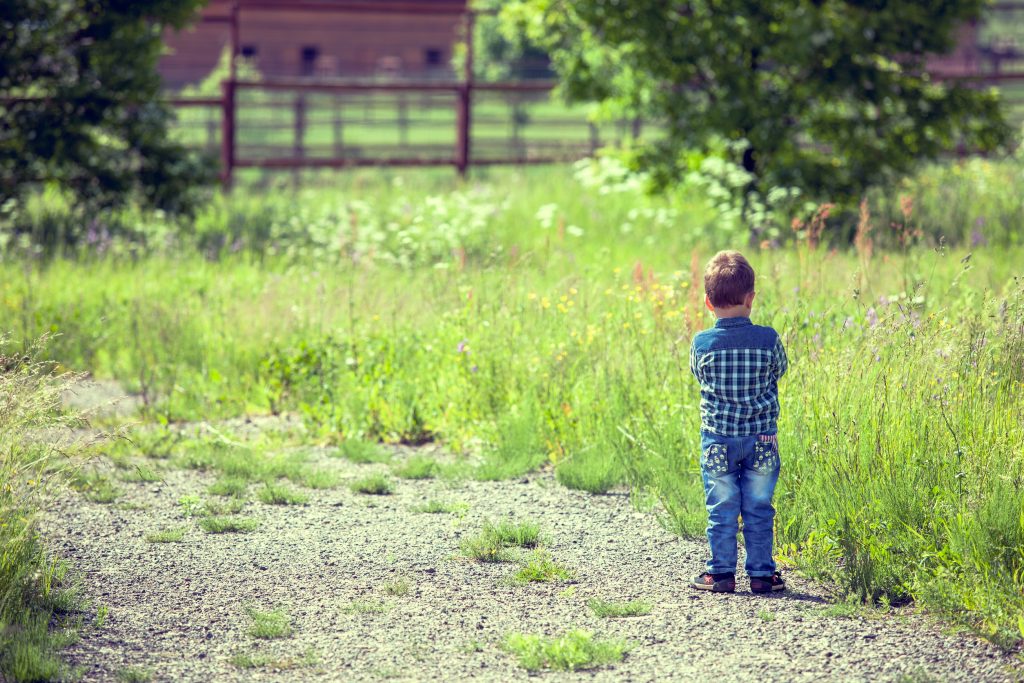
Protecting our children starts with awareness. Child predators don’t look like the monsters we imagine—they often blend in, and they know exactly what to look for. Understanding their behavior and tactics is the first step in keeping kids safe. These individuals are calculated and observant, constantly scanning for vulnerabilities. Below are ten things child predators commonly look for when selecting a potential victim, and how you can protect your child from becoming a target.
1. Lack of Supervision
Predators often seek out children who appear to be unsupervised or left alone. Whether at the park, in a store, or even online, they’re looking for kids who don’t have an attentive adult nearby. They view these children as easier targets with fewer barriers. A distracted or absent guardian makes it easier for a predator to approach, build trust, or make a move without being noticed. Always being present and attentive sends a strong message that the child is protected.
2. Low Self-Esteem or Insecurity
Children who struggle with confidence or show signs of low self-worth may attract the wrong kind of attention. Predators are masters at identifying emotional vulnerability and exploiting it to manipulate or control. They may use flattery, attention, or gifts to build a false sense of trust and importance. A child craving validation may be more susceptible to inappropriate relationships or secrets. Teaching kids about self-worth and healthy boundaries helps them resist this kind of manipulation.
3. Excessive Online Presence
Predators are increasingly finding victims through social media and online games. Children who frequently post personal information or interact with strangers online can be easily targeted. They may share their location, routines, or other details that predators use to build a profile. Unmonitored devices and unsupervised screen time create opportunity. Teaching kids digital safety is just as important as stranger danger in today’s world.
4. Poor Communication with Parents
When a child doesn’t feel comfortable talking to their parents, predators see an opening. A lack of open dialogue means a child is less likely to report strange behavior or inappropriate interactions. Predators often test the waters by pushing small boundaries and seeing if the child tells anyone. If nothing happens, they continue to push further. Creating a home where kids feel safe talking about anything is a powerful prevention tool.
5. Isolation or Loneliness

Children who don’t have strong social connections or spend a lot of time alone are more vulnerable. Predators look for children who seem withdrawn or left out, because they’re more likely to welcome attention—even if it’s harmful. These kids may respond more eagerly to kindness or gifts without questioning intentions. Encouraging friendships, group activities, and healthy social outlets can reduce this risk. A connected child is a protected child.
6. Ignorance About Boundaries
Kids who haven’t been taught about personal boundaries or body autonomy may not recognize when someone crosses the line. Predators count on this lack of knowledge to test physical and emotional limits without resistance. It starts small—maybe a hug, a secret, or a “special” game. Teaching children from a young age that they have a right to say no, even to adults, is essential. Knowledge gives them the power to protect themselves.
7. Desire for Attention or Affection
Children who crave attention—especially those not getting it at home—can become prime targets. Predators often pose as a friend, mentor, or “cool adult” who finally sees them. They use affection, praise, and sometimes even gifts to build emotional bonds. These tactics can create confusion, making it harder for a child to recognize danger. Ensuring your child feels seen and loved at home reduces their need to seek validation elsewhere.
8. Lack of Stranger Awareness
Some children are naturally trusting and may not understand that not everyone has good intentions. Predators take advantage of this innocence by striking up friendly conversations or asking for help. Children who are unaware of the risks are more likely to go along with dangerous situations. That’s why it’s crucial to teach kids that adults should not ask children for help or secrets. Role-playing and honest conversations help build this awareness.
9. Secrecy and Privacy Around Interactions
Predators often try to isolate communication and make kids feel like their relationship is “special” or “private.” They’ll say things like “Don’t tell your parents” or “This is just between us.” If a child has been taught that keeping secrets from trusted adults is never okay, this red flag becomes easier to spot. Kids should feel safe reporting anything that makes them uncomfortable. Creating a “no secrets” rule at home can be a game-changer.
10. Unsupervised Access to Adults
Children who spend unsupervised time with adults—like babysitters, neighbors, or coaches—without boundaries are at risk. Predators often build trust with the family before ever targeting the child. It’s called “grooming,” and it happens gradually, often without suspicion. Parents should always vet the adults around their children and create clear rules about alone time. Trust is important, but vigilance is essential.
Knowledge Is Power
Predators are calculated, but knowledge is power. When parents and caregivers know what child predators look for, they’re better equipped to spot red flags and step in early. Open communication, clear boundaries, and consistent supervision go a long way in protecting kids. Don’t rely on fear—rely on facts, awareness, and a proactive approach. The goal isn’t to scare your child, but to empower them.
What are some safety tips you’ve taught your kids? Share your advice or stories in the comments—your experience could help another parent stay one step ahead.
Read More:
Leave a Reply